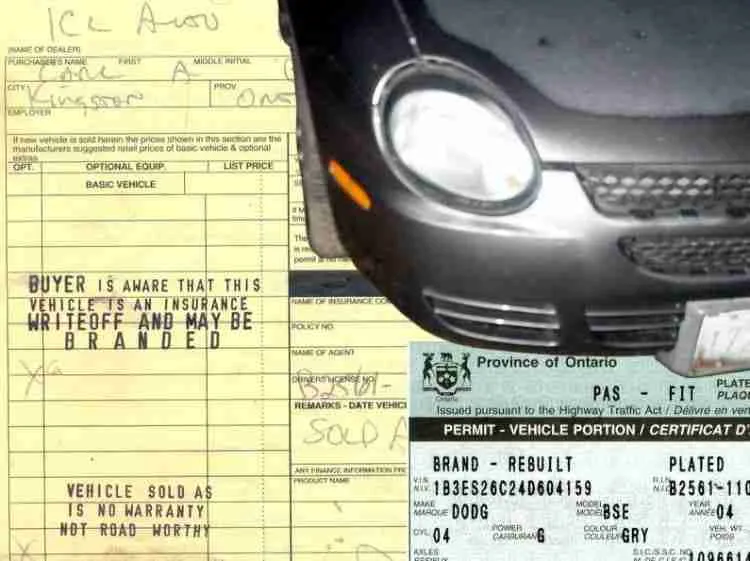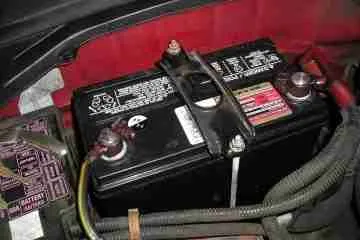California Title Number and How To Find It

So, you need to find the title number on your California title. How do you go about doing so? In this article we will take a close look at the titles for California and their parts with a focus on where to find the title number. This article will also address the legal aspect of a state of California title as this is considered a legal document.
First a line by line description of a vehicle title for the state of California.
The very top of the page should say ‘State of California’. The next line should say Certificate of title. Along the border to the left and right the document should say ‘Void without bear watermark, hold to light to view’. Next your document should have to the top left a sequence of numbers and the type of title. For a car or truck, it will say automobile. To the top right should be a box that says Vehicle History at the top of it.
The next few lines are read from left to right. Starting with, the VIN number. The VIN number is the vehicle identification number and is unique to your vehicle. Next you will see YR model. This is for the year your vehicle was made. Following that is the Make, this is were the kind of vehicle is put. Plate number is next and is where the license plate number associated with the vehicle is written.
The next item to be found is the body type model. This is where you see a code describing the body of your vehicle. For example, a four-door car will say 4D in this area. Next, the transfer date is written to explain the date the title was transferred to the current owner. Following that is the fees paid section, and then the expiration date of the document.
The next field is the first year the vehicle was sold. This is especially important for older vehicle purchases. The following fields are as follows; YR for year, MO for model, Equipment/ trust number and the issue date of the title.
Should the title be for a motorcycle the motorcycle engine number would be filled out. For all vehicles, the odometer date and reading are filled out. This is the mileage on the vehicle at the time and the date the reading was taken.
 The next section is the contact information for the registered owner. This is the name and address of the owner of the title. Following this are two lines identified as 1a and 1b. These are for the signatures and date of signing of the registered owner during a title transfer.
The next section is the contact information for the registered owner. This is the name and address of the owner of the title. Following this are two lines identified as 1a and 1b. These are for the signatures and date of signing of the registered owner during a title transfer.
The next section is a written warning to follow the federal and state laws under threat of fines or imprisonment for falsifying records. This is to protect the buyer from fraudulent sales. Next you will see a few empty blocks to write the exact and current Odometer reading. Unless one of two factors are presented and checked in the corresponding box. The first being that the actual mileage and odometer readings differ. The second factor being that the mileage exceeds the mechanical limits of the odometer. In this case you would either leave the space blank or if possible, write the actual mileage.
Beneath the previous line is a certification of truthful information under penalty of perjury by the laws of the state of California. In other words, if you willingly give false information on this document you risk criminal charges. The second to last section is where you as a buyer would sign during title transfer. Finally, the last line of the document found at the bottom of the page says, ‘Keep in a safe place- void if altered’. This means that if you make any unauthorized changes to the filed document it no longer is valid.
What does this all mean?
- Proof of ownership is tied to the title. Your vehicle is only officially yours with a title and the title must be in your name.
- The title is a sales receipt in a way as it shows transferred ownership. With out this it is hard to prove the sale happened.
- A complete identification of your vehicle is found in the title. This is used in the event of an accident insurance claim or if you file a police report for a stolen vehicle.
- A full description of your vehicle is on the title. This is also used when reporting a stolen vehicle or for insurance claims if your car is damaged.
- All information on the title must be truthful by federal and state laws. These laws may differ outside of California for the state laws.
- Failure to provide correct information can lead to jail time or fines to be paid. The average jail sentence for a misdemeanor is 6 months but for a felony it is up to four years. The fines for a misdemeanor max out to 1,000 dollars and for a felony get as high as 10,000 dollars.
Now let us talk about the title number and where it is located.
Your title number is the number used to identify your title in the department of motor vehicles system. It is located above the vehicle identification number on the upper left-hand side in the corner. It should be a sequence of eight numbers. This number is used by the department of motor vehicles when ordering a new title or to look up the title history.
Terms to remember
If you are interested to learn more about the terms in this article, please continue reading to help clarify thing for you.
- Void- No longer legally binding.
- Odometer- The measurement tool inside a vehicle that measures mileage over the span of a vehicle’s lifetime.
- Make- in the context of this article and vehicles in general this means the manufacturer of the vehicle.
- Misdemeanor- A criminal offence less severe than a felony
Felony- a sever criminal offence - Perjury- to knowingly falsify records or information on a document
That wraps up how to find the title number on your California title. Remember, depending on the year the title was registered the steps to find the title number may be different.













No Comment